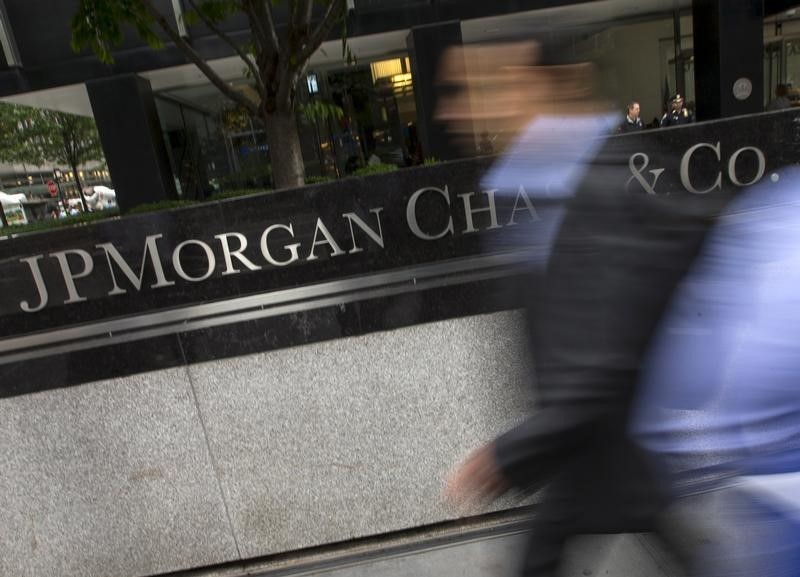By Will Caiger-Smith
NEW YORK (IFR) – Spreads on US bank bonds have lagged the rally in corporate credit, and that could offer investors a chance for decent pick-up as banks hit the market post-earnings in the days ahead. JP Morgan (A3/A-) was first out of the gate Thursday, selling a US$3bn 10-year trade at Treasuries plus 145bp – spot on the low end of IPTs with no pricing progression at all.
The deal offered a 10bp concession to the bank’s curve, more than on recent deals from industrials. It was trading 3bp inside reoffer on Friday.
Analysts said strong demand from domestic and foreign investors should push the sector tighter as more banks come to market next week.
“There is very little juice in industrial bonds at this point,” said Hans Mikkelsen, credit strategist at Bank of America Merrill Lynch.
“But there is a lot of value in bank bonds.”
NOT AS TIGHT
Since hitting a multi-year wide of 234bp on February 11, corporate bond spreads in industrials have tightened 88bp to 146bp, according to data from Barclays.
But bank spreads have tightened only 39bp over the same period, coming in to 136bp from 175bp.
That underperformance reverses the trend of the previous three years.
Bank spreads began trading tighter than industrials after the summer of 2013, when both were trading at 135bp. By February 2016, banks were trading 69bp inside industrials.
Over that time, US banks have become an investor staple as regulators have forced them to increase capital buffers and exit risky business lines.
That is in contrast to many European lenders, which are still grappling with crisis-era litigation, restructuring and bad loans.
“If you’re a US investor wanting to deploy capital, you would be more circumspect toward European banks,” said Neil Sutherland, a portfolio manager at Schroders.
“That may accelerate the dichotomy between US and European banks.”
BAML’s Mikkelsen said the risks for US banks are limited compared to those in Europe.
“In some European banks you have real credit risk,” he said. “In the US creditors are pretty confident.”
DEALS AHEAD
As other US banks come out of earnings blackouts – Wells Fargo and Citigroup reported earnings on Friday – new deals could be tempting for the buyside.
Banks need to raise extra funding to meet new Total Loss Absorbing Capacity (TLAC) requirements proposed last year.
Expectation of that supply is one factor that has kept bank spreads more elevated, but amid a bull run in corporate bonds, that is unlikely to last, said investors.
“Folks may look at the supply that is coming as an opportunity to take advantage of the underperformance,” said Jason Shoup, fixed income strategist at Legal & General Investment Management America. “If you believe the market is going to continue to tighten, you have to look at the lagging sectors,” he told IFR. “Banking is one of those sectors.”
But some investors still worry that wobbles in Europe, particularly the Italy banking crisis, could set off problems in the US bank sector.
“If there is a bail-in, and that leads to contagion in Europe, that could spill over into the global US banks,” said Jacob Habibi, senior analyst at Invesco.
(Reporting by Will Caiger-Smith; Editing by Marc Carnegie)
Lagging US bank sector could appeal to bond investors

By Will Caiger-Smith
















